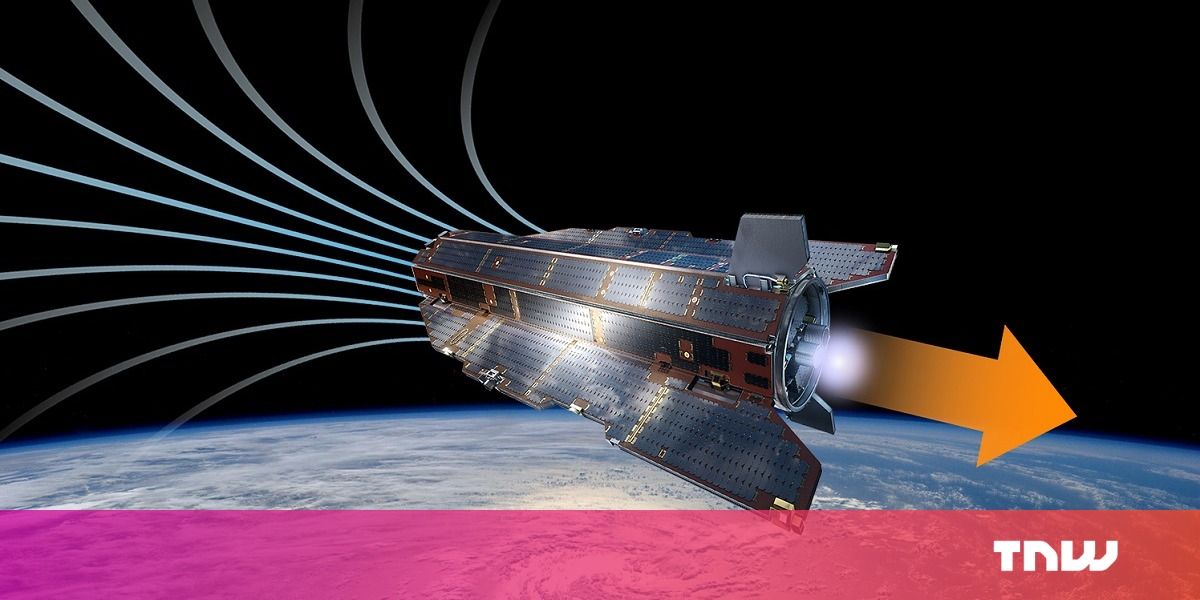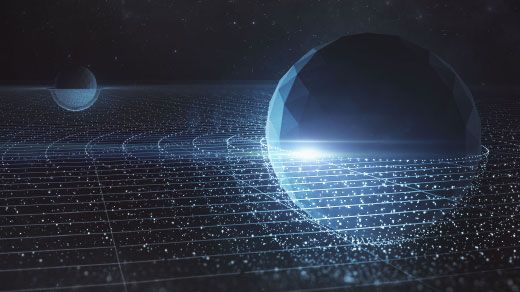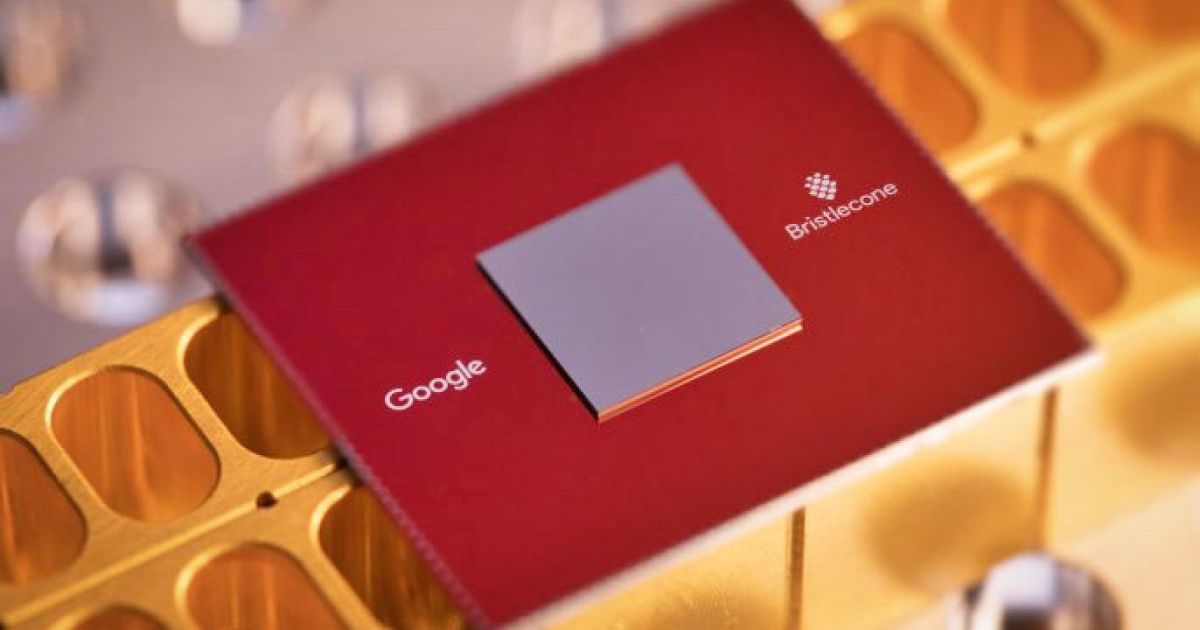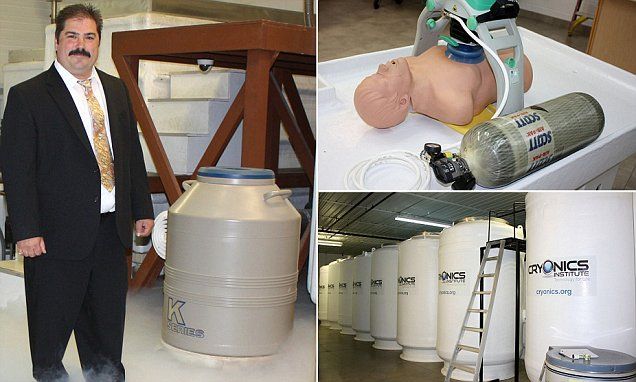Mar 6, 2018
Iconic Stellar Ring Much Stranger Than Previously Thought
Posted by Genevieve Klien in category: space
You’re looking at an image of an enormous ring of debris, 237 light years away from Earth, orbiting a long-studied, young star called HR 4796A. While the bright white ring of debris may be the most visually striking part of the image, astronomers are more excited about what’s around it: the much larger, less-concentrated area of dust around it.
Scientists have long known about the dust and ring surrounding the star. The ring alone is 77 astronomical units in radius, almost twice Pluto’s average distance from our our sun. But a team recently took another look with the Hubble Space Telescope, and learned that the structure was in fact much larger and more complex than they previously thought.
“The resulting images unambiguously reveal the debris ring embedded within a much larger, morphologically complex, and biaxially asymmetric exo-ring scattering structure,” the authors wrote in the paper published recently in The Astronomical Journal. In other words, it’s big and weird-shaped. Check it out:
Continue reading “Iconic Stellar Ring Much Stranger Than Previously Thought” »















